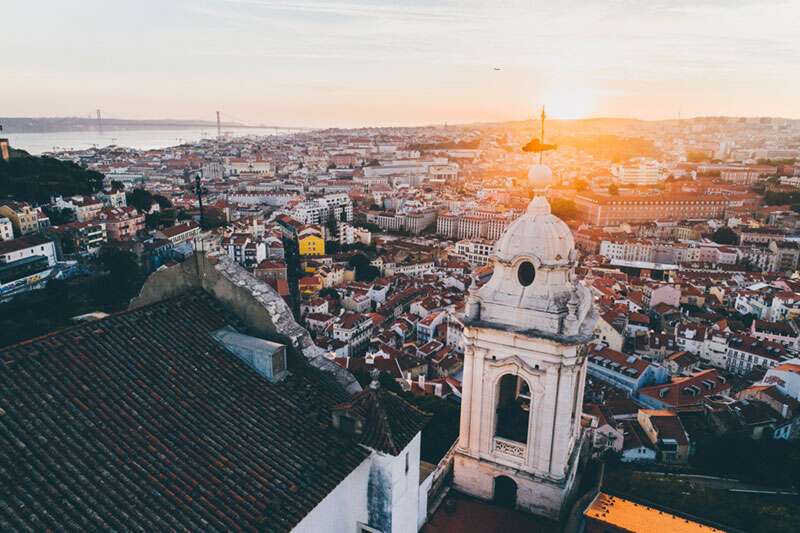Living in Portugal – Demographics
The population of Portugal is fairly homogeneous in linguistic and religious terms. In terms of ethnicity, the Portuguese are mostly a mixture of ancient paleolithic populations as well as the Celtic, and Iberian tribes. Germanic, Roman, and later Moorish tribes have also been a part of Portuguese history, and have contributed not only to Portuguese culture, but to the Portuguese gene pool as well.
Nationality
Noun: Portuguese
Adjective: Portuguese
Languages
Portuguese is the official language of Portugal and it is spoken all throughout the country. Mirandese in another language still spoken by some Portugese people, but it is mostly concentrated in Miranda do Douro villages.
Population
According to the latest data, the population of Portugal consist of around 10.5 million people. Population analysis also shows that around fifty-eight percent of these people live in the Greater Porto and the Greater Lisbon areas.
Age Structure
The data shows that approximately sixty-six percent of the Portuguese population is aged between fifteen and sixty-four, while about sixteen-point-five percent of the population is younger than fourteen years, and around seventeen-point-five percent is older than sixty-five.
Life Expectancy
The average life expectancy is high in Portugal. Seventy-eight is the average age for the total population, with men’s life expectancy being seventy-five, and women’s being around eighty-one.
Religion
As we have stated above, the population of Portugal is relatively homogeneous, with around eighty-four percent of the Portuguese population being a part of the Roman Catholic Church.
There are still religious minorities in Portugal, the majority of which are Protestants and Muslims, but there are also Buddhists, Hindus, and Jews to be found in Portugal.
Ethnic Groups and Immigrants
Ever since the African colonies gained their independence, Portugal has experienced a steady influx of African immigrants. Most of these immigrants have come from Angola and Cape Verde, while another significant portion came from Mozambique and the former Portuguese India in Asia.
The 1990s saw a significant influx of immigrants from Eastern Europe, most commonly from Moldavia, Russia, Romania and Bulgaria, while the 2000s were the years of the immigrants from China and Brazil.
The recent years, however, saw a significant rise in the numbers of immigrants from the western European countries, such as France, Britain, and Germany, and most of these expats choose to settle in the Algarve region.
The majority of the Portuguese population, ninety-four percent, is Portuguese, with the other six percent consisting mostly of the Brazilians, the blacks, the mixed race, and the other Europeans.






